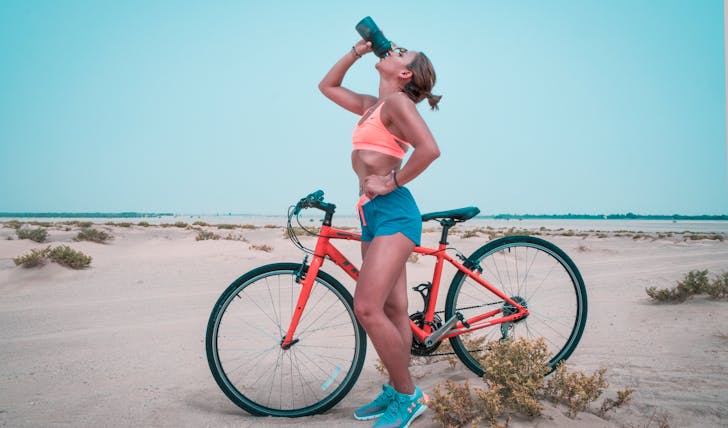When you are far from the comforts of home, finding clean drinking water can become a significant challenge, especially in backcountry or wilderness areas where potable water is not readily available. What is the best way to purify water when you are caught in such a situation?

Lazy Artist / Pexels / In many situations, you might not have access to clean potable water. This is where the purification of water kicks in.
First, let's clarify what potable water is. Simply put, potable water is water that is safe to drink or to use for food preparation without risking your health. This type of water has been treated to remove contaminants and pathogens, making it suitable for consumption. However, in many outdoor scenarios - like hiking, camping, or during natural disasters - access to potable water can be severely limited or nonexistent.
Why Potable Water Can Be Inaccessible?
In the wilderness, the main sources of water like streams, lakes, and springs are often untreated. These sources might be contaminated with microorganisms, chemicals, and physical debris, posing a serious risk to anyone consuming this water.
The lack of infrastructure, like pipes and treatment facilities, further complicates the availability of clean water in remote areas.
What Is the Best Way to Purify Water?
To address these challenges, here are four effective steps to ensure that water from uncertain sources becomes safe to drink:
Pre-Filtering to Remove Solids
Before you can properly purify water, you need to remove any visible debris, silt, or sediment. This can be done using a cloth, coffee filter, or even a fine mesh sieve.
Pre-filtering helps in extending the life of your main filtration system and ensures better clarity and taste of the final water.
Boiling
Boiling is one of the most reliable methods to purify water. By bringing water to a full boil for at least one minute (or three minutes at altitudes above 5,000 feet), you can kill most pathogens and viruses.

Dzinia / Pexels / Boiling is an old-school yet effective way of purifying water.
Although boiling will not remove chemical contaminants, it is effective against biological hazards and is virtually cost-free, requiring only a heat source.
Chemical Treatment
For those who need a more portable solution, chemical treatment can be a lifesaver. Common chemicals used include iodine, chlorine, and chlorine dioxide. These substances are effective against bacteria, viruses, and many protozoa. Be sure to follow the instructions carefully, as the water needs to sit for a specific period (usually 30 minutes) before it is safe to drink.
However, some people may find the taste off-putting. Of course, those with thyroid issues should avoid iodine.
Filtration Systems
Portable water filters and purifiers offer a more sophisticated way to clean your water. These devices can remove bacteria, protozoa, and even viruses depending on their design. Look for filters that meet the EPA standards for water purifiers.

Lat / Pexels / Portable filters are great ways of purifying water for mass access.
Remember, no single method is foolproof, and in some environments, combining methods (such as filtering and then boiling) may be necessary for the safest results.
So, what is the best way to purify water when you are out in the wild? It really depends on your specific needs, the nature of your water source, and how much you are willing to carry. For simplicity and effectiveness, boiling is unbeatable.
Likewise, for ease of use and thoroughness, filtration systems are excellent. And for lightweight, emergency use, chemical treatments can be ideal. Remember, staying hydrated is crucial. But so is ensuring the water you are drinking is not going to make you sick. With these steps, you can rest assured that even in the most remote locations, you have a way to make your water safe and potable.




